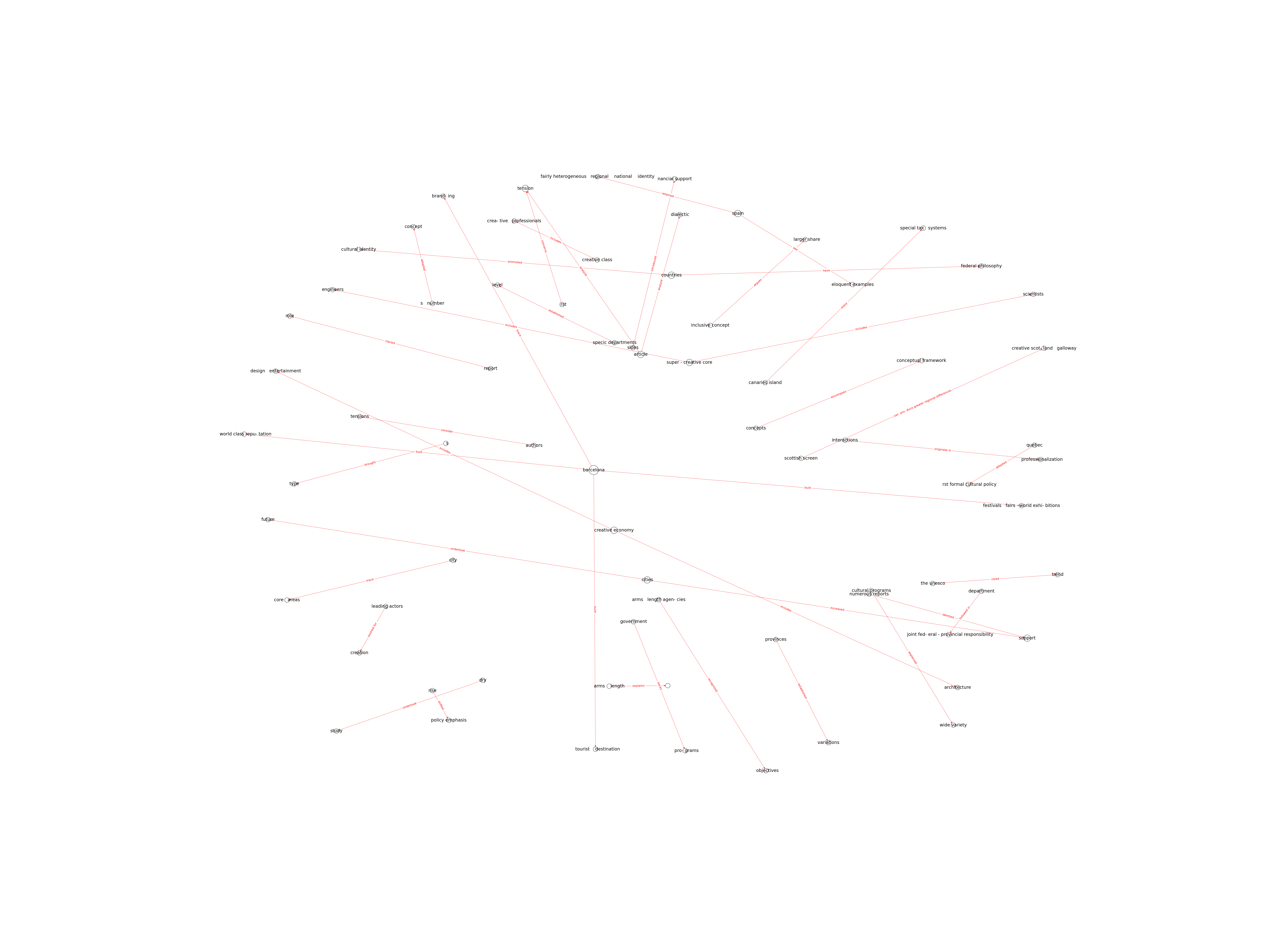| Id | 145 | |
| Author | Bonet, L., ; Colbert, F., ; Courchesne, A., | |
| Title | From Creative Nations to Creative Cities: an example of center-periphery dynamic in cultural policies- City, culture and Society | |
| Reference | Bonet, L., Colbert, F., Courchesne, A. (2011). From Creative Nations to Creative Cities: an example of center-periphery dynamic in cultural policies- City, culture and Society, 2(1): 3-8. |
|
| Keywords | Cultural policy; Management |
|
| Link to article | https://doi.org/10.1016/j.ccs.2011.02.001 |
|
| Abstract | This article analyze the dialectic between cultural policies and the center–periphery dynamic: the tension between legitimization and efficiency on the one hand, and on the other, the combination of differentiation and standardization. In the second part, the authors consider the tensions between the principles of legitimacy and of efficiency in cultural policies as they manifest themselves within the center–periphery dynamic. Here, they also devote some time to studying the implementation of the arts council’s model in Quebec and Catalonia. In the third part, They expand upon factors such as the institutional system, the market, the non-profit sector, and the political strategies which influence the expansion of the concept of ‘Creative Cities’ revealing a general shift of cultural policies towards sub-national, regional and local policies, before concluding on a more general note. |
|
| Metodology | This article is based on the theoretical frame of reference, applied for the analysis of cultural policies. They also realize a desk research to carry out a comparative analysis between Quebec and Catalonia and demonstrate how it influences the expansion of the concept of creative cities. |
Technique | Data mining; Desk research |

Note: Due to lack of computing power, results have been previously created and saved in database


